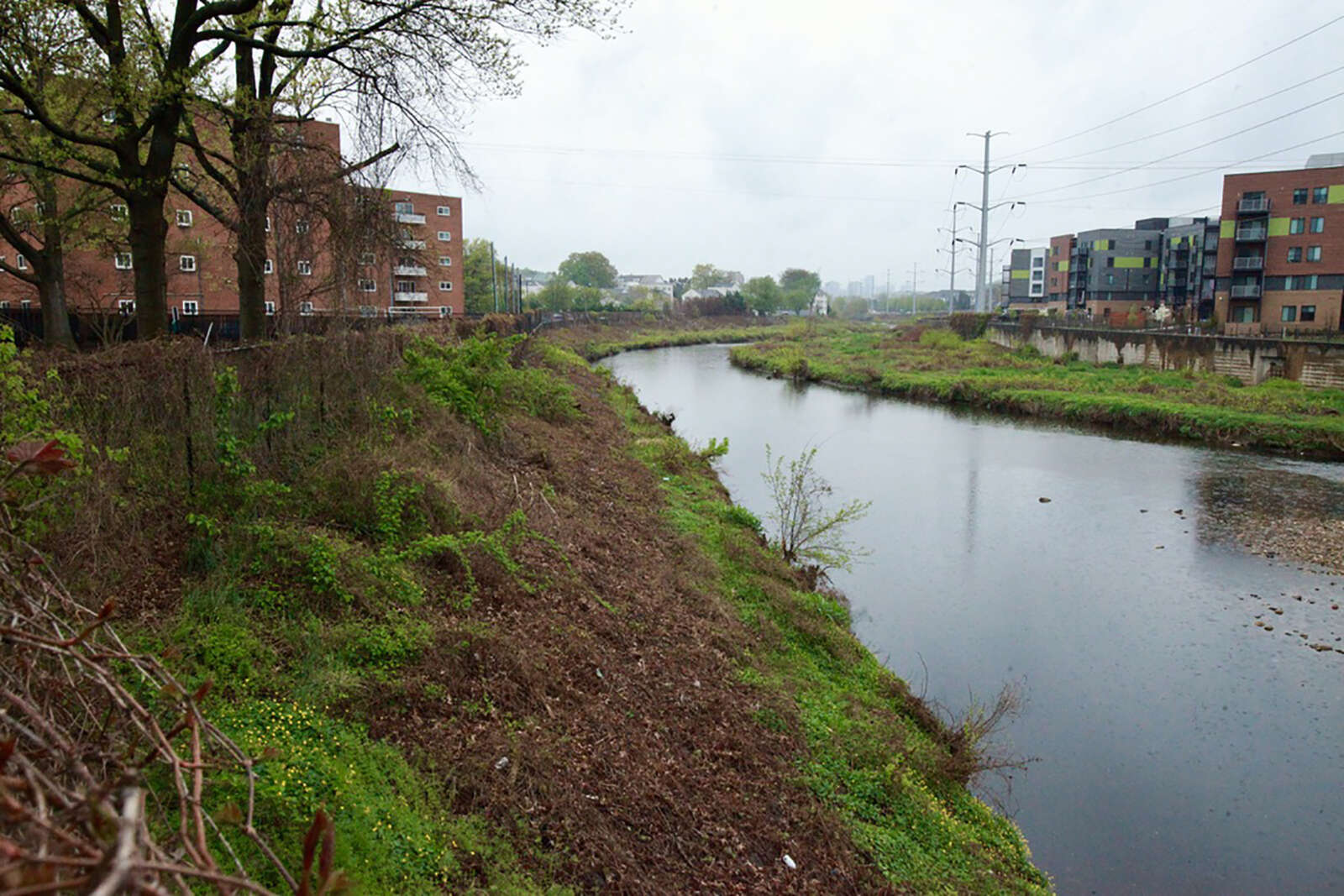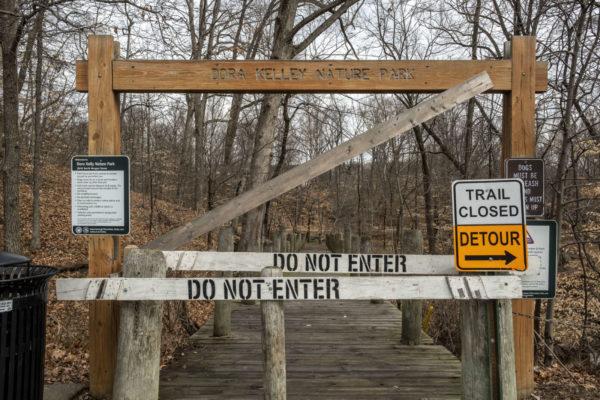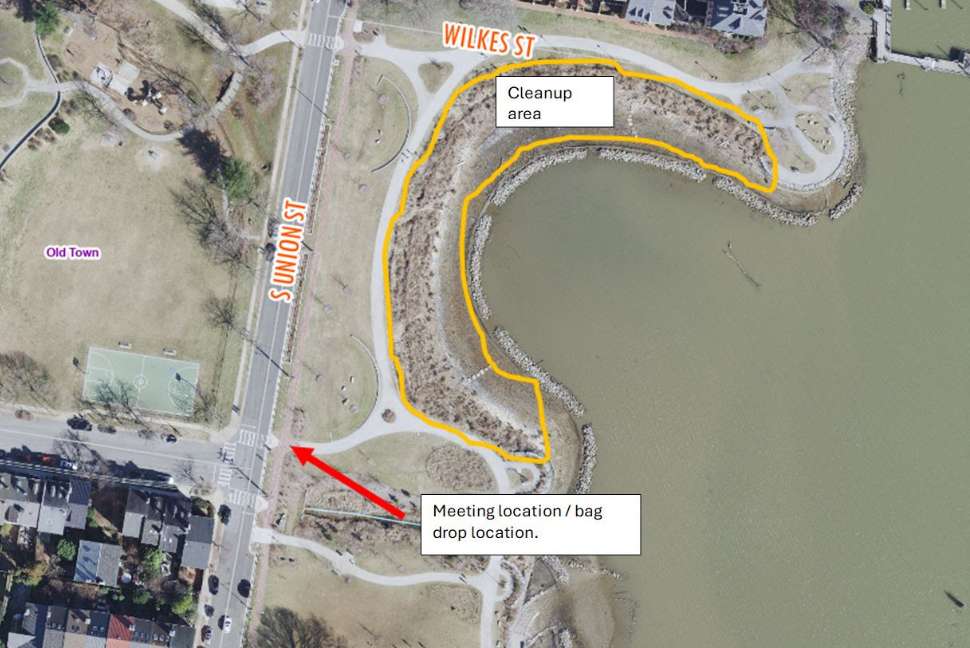
April is Earth Month and anyone hoping to contribute locally can help out at an event in Old Town next week.
The City of Alexandria Department of Transportation and Environmental Services Stormwater Management Division is hosting a stream clean-up event at the shoreline of Windmill Hill Park on Saturday, April 6, from 9-11 a.m.
Participants will meet at S. Union Street and Gibbon Street for a sign-in and event briefing before walking to the shoreline.
According to the release:
The clean-up event is held during Earth Month, celebrated annually during the month of April. Eco-City Alexandria will be hosting events throughout the month to extend Earth Day celebrations and to continue its commitment to sustainability. Earth Month is recognized as an opportunity to empower residents to make a positive impact on the environment.
The City will provide gloves, bags, and first aid kits during the events. Participants are encouraged to dress appropriately, in long pants and covered footwear, and to bring water.
To register for the event or request more information, contact nolan.compton@
alexandriava.gov.
An investigation found an error in Arlington County’s Water Pollution Control Plant caused a fish kill event in Four Mile Run yesterday (Wednesday).
The City of Alexandria said in a release that reports started coming in around 10 a.m. of dead fish washing up along the shores of Four Mile Run between Mount Vernon Avenue and Route 1.
“Witnesses reported a significant number of dead fish alongside live fish, reptiles, and waterfowl,” the release said.
An investigation said the cause was identified as an error at the Water Pollution Control Plant.
“An investigation found a manual operation error at the County’s Water Pollution Control Plant that released higher-than-usual levels of sodium hypochlorite into the waterway late on March 12 as part of the regular wastewater treatment process,” the release said. “A correction was made in less than 90 minutes. As of 2 p.m. [Wednesday], water quality levels in Four Mile Run are returning to normal.”
The release noted that there is no ongoing threat to Four Mile Run and officials at the plant will “review and refine procedures” in coordination with the Virginia Department of Environmental Quality (DEQ).
“Arlington officials are addressing the Plant’s procedures in coordination with DEQ,” the release said.
County environmental staff are investigating a fish kill along Four Mile Run between Mount Vernon Avenue and Route 1. Avoid contact with the water for at least the next 48 hours. Updates will be posted. https://t.co/p4B3tho8rg pic.twitter.com/LLsE1XZpqq
— Arlington Department of Environmental Services (@ArlingtonDES) March 13, 2024
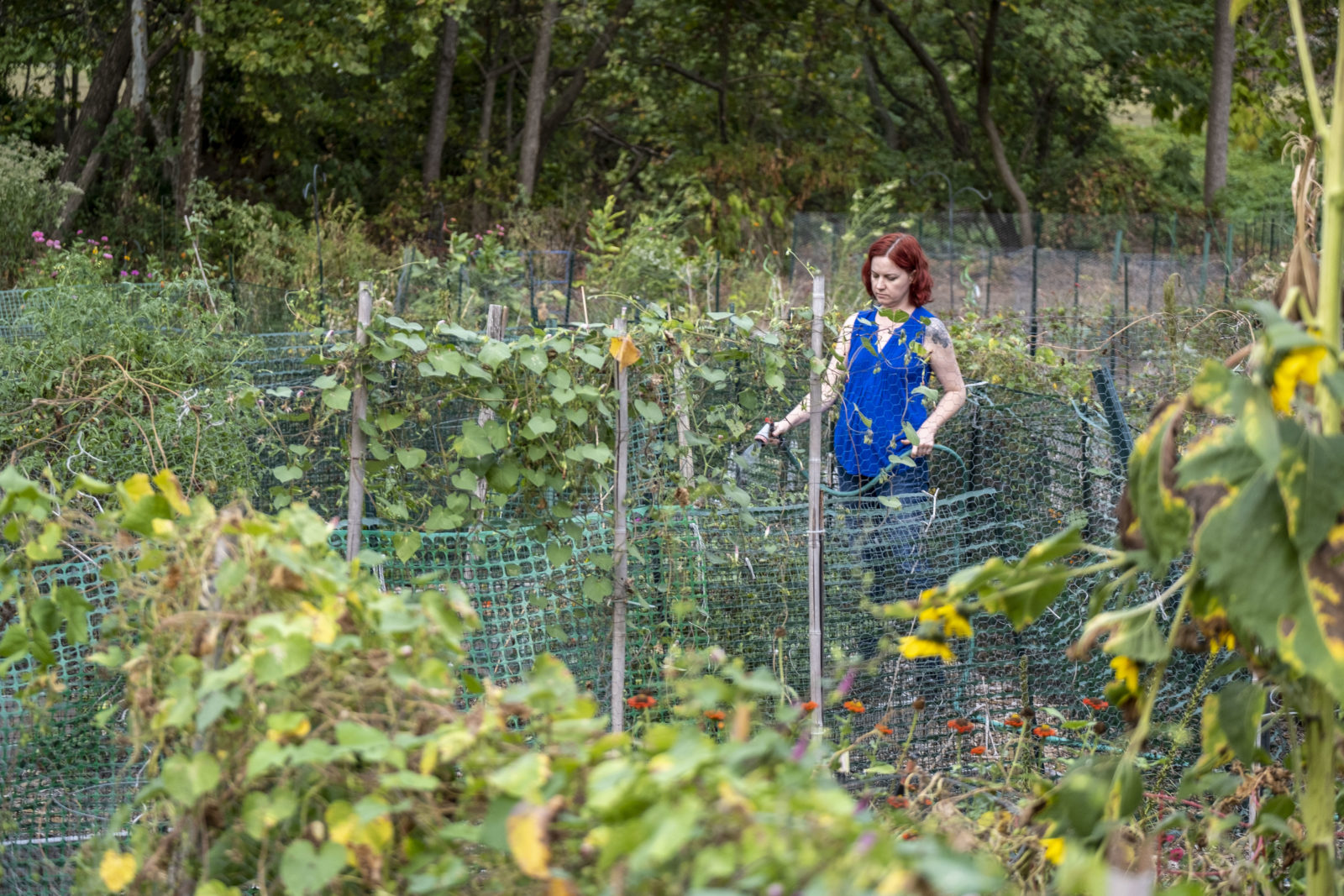
It’s a bright, sunny day in Alexandria and spring is just around the corner, so some locals might be turning their thoughts toward gardening and lawns.
Last week, Alexandria kicked off mulch season with the opening of orders for a limited supply of leaf mulch.
“Deliveries will begin on Monday, April 1 through Friday, June 28,” the City said in a release. “Delivery dates and times are limited, and appointments are on a first-come, first-served basis.”
There’s a $65 delivery charge for each half-load of mulch and $130 full load of mulch.
Meanwhile, free mulch is available for city residents at 4215 Eisenhower Avenue. Locals can pick up mulch Monday through Saturday from 7 a.m.-3:30 p.m.
No commercial vehicles or machinery are permitted at the mulch site, and the city noted specifically that the site is under surveillance.
Meanwhile, today is also the start of street sweeping around the city.
“Citywide street sweeping will begin Monday, March 11 and it is anticipated to take approximately 10 weeks to complete one pass of street cleaning,” the release said. “Crews keep neighborhoods and commercial corridors clean and protect waterways from debris runoff by regularly sweeping 560 lane miles.”
Local should keep an eye out for the No Parking restrictions on street sweeping blocks and temporary No Parking signs that may be posted to facilitate debris removal.
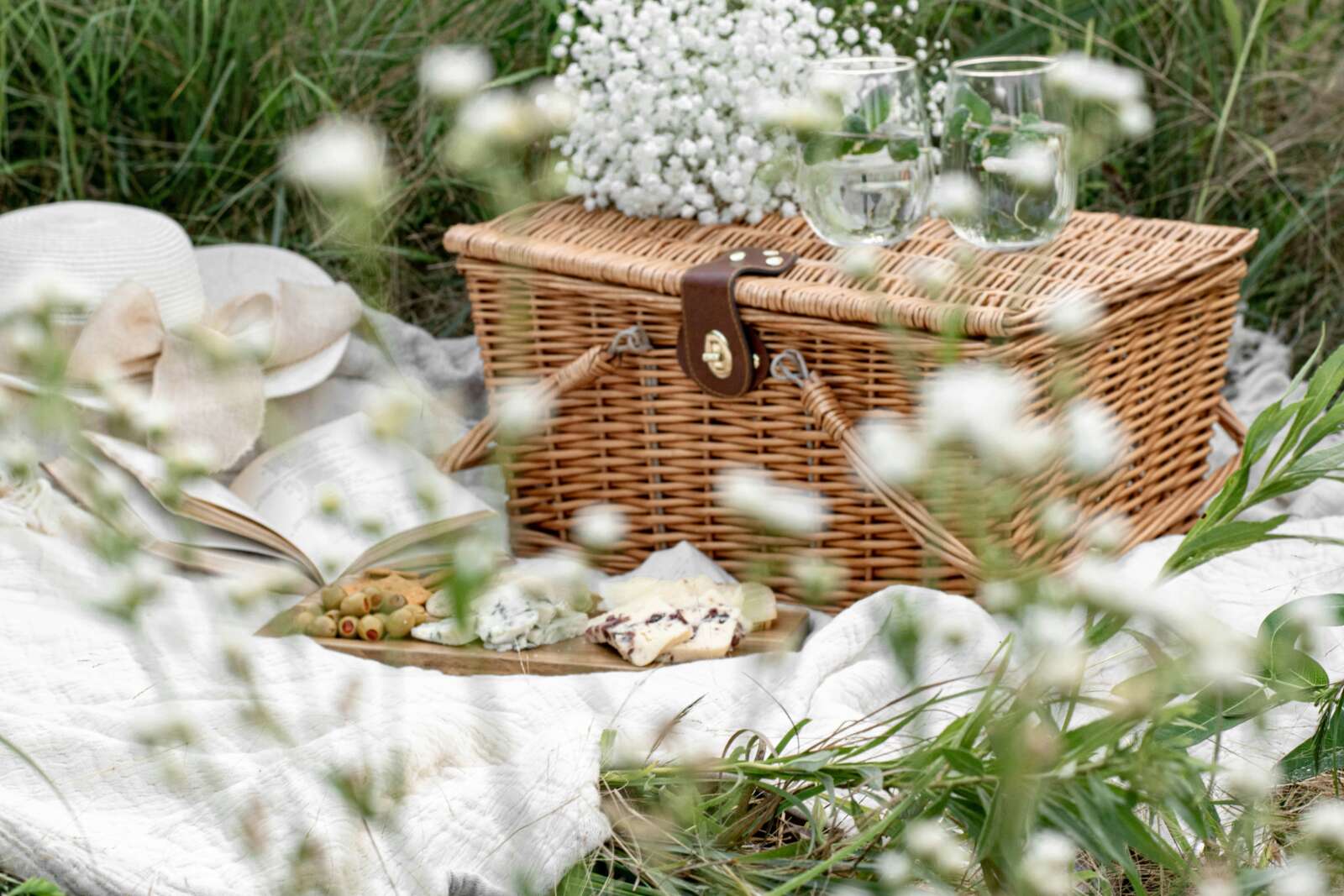
Starting next week, Alexandrians can reserve picnic areas around the city for birthday parties, quinceaneras or other celebrations and events.
The rental season runs from April to October. The parks can be reserved in four-hour blocks, from 10- a.m.-2 p.m. or 3-7 p.m.
Some of the parks come with certain restrictions; no alcohol is permitted at Armistead L. Boothe Park for instance, while no sound amplification is permitted at Fort Ward Park.
Costs vary by park and residency, from $75 for the smaller parks to $231 for a non-resident renting one of the larger park areas.
Beer in kegs and wine pay be permitted with approval from the Director of Recreation, Parks and Cultural Activities and an ABC license.
Parks that can be reserved this year are:
- Armistead L. Boothe Park, 520 Cameron Station Blvd.
- Ben Brenman Park, 4800 Brenman Park Drive
- Chinquapin Park, 3210 King Street
- Fort Ward Park, 4301 West Braddock Road
- Lee Center, 1108 Jefferson Street
- Old Town Pool, 1605 Cameron Street
Photo via Evangelina Silina/Unsplash

Homes, schools and businesses around Alexandria are being recognized for their work to make the city sparkle a little more.
On Monday, the Alexandria Beautification Commission announced the winners of the Residential Beautification Award, celebrating the creative use of non-invasive plants, native plants, landscape architecture and more.
Winners, broken up into West End, Central, and East divisions, focused n a mix of environmental sustainability and creative architecture.
According to the website:
Our 2023 Residential Beautification Award winners demonstrate how the creative use of non-invasive plants, native plants, sustainable approaches, and landscape architecture along with proactive maintenance delivers garden beauty, texture, and scale in an eco-friendly way. The winners inspire others to enhance the beauty of their properties and speak to the future of Alexandria’s neighborhoods as environmentally sound and dynamic.
“The 2023 awards recipients demonstrate how all of us can make a difference in our neighborhoods,” said Beautification Commission Chair Steve Cohen. “By using native plants, meadow areas, and drought tolerant gardens, the awardees achieved a vision of color, composition, dimension, and beauty. We commend their hard work and accomplishments.”
Earlier this year, the Beautification Commission awarded similar top prizes for local architecture, community projects, and businesses. Notable winners included Goodies Frozen Custard & Treats (200 Commerce Street), the Dale Street Community Garden (65 Dale Street), and Ferdinand Day Elementary School (1700 N. Beauregard Street).
A gallery of the winners is available on the city website.
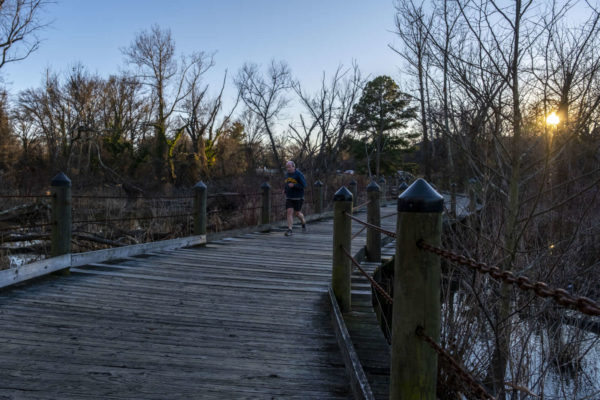
The Friends of the Mount Vernon Trail have done a lot of work on the eponymous trail, and now the group is offering a unique new way of experiencing it.
The group is hosting a “Fireflies and Bats Walk” on Saturday, June 24, from 8:45-9:45 p.m. The tour is free but attendees can get tickets and make an optional $10 donation online. The tour starts at 615 Slaters Lane.
“How do fireflies produce their glow?” the event listing asked. “Why are bats an important part of the ecosystem? Come find out on our firefly and bat walk. We’ll meet at the corner of Abingdon and Slaters Lane outside of the Salvation Army Headquarters.”
The tour includes a visit to some of the best bat and firefly watching spots along the trail and a look at a device used to identify different species of bats based on the frequency of their echolocation.
The walk is about one mile long.
Guests should bring a reflective vest and a flashlight — ideally one with a red light setting.
Experience the Mount Vernon Trail at night. Join us for a short walk on the MVT while we show you our favorite locations for bat and firefly watching. This is a kid friendly event!
🦇 : 8:45 pm
🦇 Sat June 24
Register: https://t.co/lVjVJKpDRp pic.twitter.com/IfX77UQdRJ— Friends of the Mount Vernon Trail (@MtVernonFriends) June 21, 2023
H/t to Sloane Airey
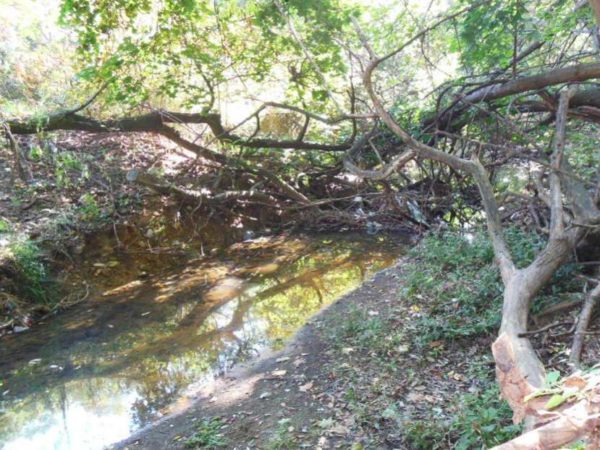
The first time the Taylor Run and Strawberry Run restoration projects went to City Council, some in the community were angry. The second time around, it’s city leaders that are angry.
The core of the problem seems that, in an effort to appease everyone involved, Alexandria ended up with a solution that accomplishes virtually nothing when it comes to Strawberry Run.
Years after the controversy first reared up about plans to make changes to Taylor Run and Strawberry Run, with the aim of reducing erosion, those plans came back to Alexandria’s City Council earlier this week and the elected officials were less than pleased with the results.
The stream restoration projects were paused after concerns were raised about the reliability of the data behind the project. The City Council voted to send the projects back for more study and to build more consensus. But, more than a year after the project was scheduled to come back to the City Council for further review, Mayor Justin Wilson criticized the new version of the stream restoration for being scaled down into irrelevance and still not gathering the needed consensus.
The main criticism was focused on plans for Strawberry Run, which involve spending $1.2 million on spot improvements rather than any significant, long-term improvements.
Wilson also criticized the report for saying the city should work with fluvial systems and stream restoration expert John Field on future stream projects, saying it is inappropriate for a report to write a private company into a city policy recommendation.
“What is the recommendation at Strawberry Run, besides ‘don’t cut down trees, don’t have roads, don’t remove the trash that is put in there unless we absolutely have to?'” Wilson said. “The recommendation seems to be that whatever we do, which hasn’t yet been determined, we hire this guy to do it.”
Jesse Maines, stormwater division chief, fielded most of the questions and criticism about the project.
“I think there’s some ambiguity there,” Maines said. “A lot of this is getting a designer onboard and starting to design ‘this is how it would look and this is the impacts.'”
“Is there not a consensus on what we’re going to do?” Wilson said. “I have to say I’m a little bit incredulous we spent two years building consensus and the recommendations appear to be: in the future we should run a bunch of things by a committee and hire a guy that everyone likes. What is the recommendation? What are we doing?”
City Council member Sarah Bagley and Wilson both expressed concern that the policy recommendation pushing the city toward contracting a private party skirted around the city’s typical procurement process.
“I have been involved or adjacent to public procurement for over two decades and I have never heard of anything like this; where a policy recommendation is approved specifically calling for a private firm,” Wilson said. “I’ve never heard anything like that and I’d love to be the one negotiating on behalf of Dr. Field after we would adopt that.”
Maines said the spot stabilization could help prevent further erosion on Strawberry Run, but the admittedly diminished scope of the project left Wilson and others on the Council wondering whether the cost justified the lackluster benefits.
“When we went into this process we were achieving a significant amount of public amenities,” Wilson said. “Excise that from the project, there isn’t the same [significance]… Why would we do anything here? Why is there any reason we would do anything on Strawberry Run? Reading these recommendations, my conclusion is we should do absolutely nothing on Strawberry Run. Period. Someone explain to me why that shouldn’t be the conclusion I draw here.”
Maines said a “no-build” option was presented to the consensus-building group
What’s more, for all the work around building consensus, Bagley said she still had concerns that the improvements are reliant on access to the easements with no clear evidence that the City of Alexandria could get the access it needs.
“It’s absolutely a fair concern,” Deputy Director for Infrastructure and Environmental Quality Bill Skrabak said.
City Council member Kirk McPike suggested tabling any further consideration of improvements to Strawberry Run until that can be compared with other projects. With some help from retiring City Attorney Joanna Anderson, City Council member Kirk McPike moved to accept recommendations on Taylor Run — with an amendment to use the standard procurement policies — and tabling any further work on Strawberry Run.
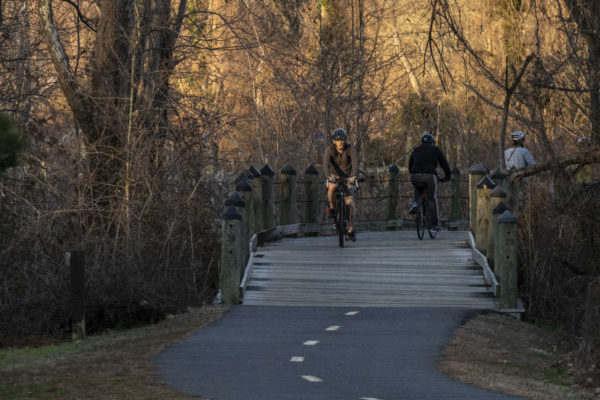
For those who haven’t bicycled or hiked the Mount Vernon Trail, there’s a new online option to explore the trail.
The Friends of the Mount Vernon Trail has mapped all 18 miles of the Mount Vernon Trail on Google Street View.
“Previously only small portions of the trail were available online,” the organization said on its website. “We hope that having the entire trail on Google Street View… will inspire people to go outside and check out the trail in real life. Additionally, people worldwide can now experience the beauty of the Mount Vernon Trail from their computers.”
The organization said the view will be updated throughout the year to see the trail change across seasons.
“We will continue to update Google Street View throughout the year so trail users can see the trail change across seasons,” the organization said. “Mapping the Mount Vernon Trail is only possible via the support of donors who helped purchase a GoPro Max camera. We use this camera to document the trail and volunteer events.”
The website features highlights from this documenting expedition, including a fitness enthusiast caught on camera doing pushups.
The Holmes Run Trail has been incomplete and partially inaccessible since floods in 2018 and 2019 badly damaged it, and in a recent update Mayor Justin Wilson said some of the final pieces of that recovery might not be finished until the summer or fall of 2024.
That’s not to say there isn’t progress being made on trail recovery, with other phases completed earlier this year and a bridge replacement planned for later this winter.
In a community newsletter released this morning, Wilson said the next big improvement will be the restoration of the Holmes Run Trail Bridge at 4600 Duke Street.
With pandemic delays behind us and budget available, the City is now working to bring this trail back to our residents. The work has been divided into a few phases. The first phase of work is the restoration of the Holmes Run Trail Bridge at 4600 Duke Street. The demolition of the current bridge was completed a year ago, and the stabilization of the bank completed earlier this year. The full replacement is now anticipated to occur this fall into winter.
Other, more extensive recovery work, however, is still in the design phase.
“The more extensive phase of work involves the trail restoration at Dora Kelly Park, the trail restoration at the Morgan Street cul-de-sac and the trail restoration at North Ripley Street,” Wilson wrote. “The design work is under way and is expected to be complete early next year.”
If the design is completed in early 2023, Wilson said construction would start in summer/fall 2023 and is expected to take a year; completed in summer/fall of 2024.
“It has been frustrating to have the trail unavailable for so long,” Wilson wrote, “but we’re working to build a more resilient trail to benefit our community for generations to come!”
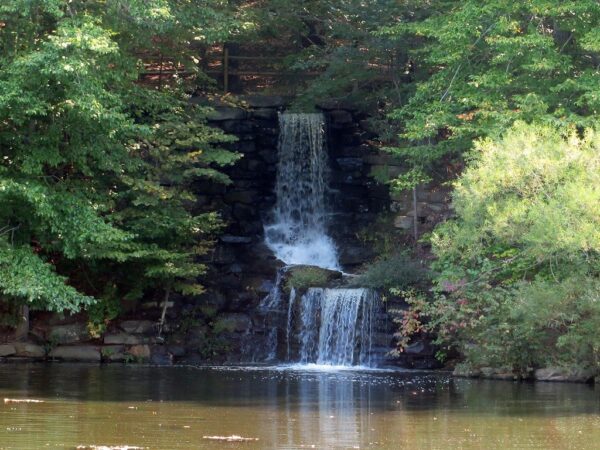
The Winkler Botanical Preserve (5400 Roanoke Avenue) has been a tucked away, isolated enclave of natural beauty not far from the Mark Center, but with a new acquisition it could be thrust into the limelight.
Regional parks organization Northern Virginia Regional Parks Authority (NOVA Parks) announced today that it will take over ownership of the 44.6 acre nature preserve.
The Winkler Botanical Preserve was created in 1979 and features streams, a pond, a waterfall, and trails. The goal of the preserve was to create an island of natural beauty in the rapidly urbanizing city. The preserve was established by Catherine Winkler Herman, a philanthropist and environmentalist, in honor of her late husband: real estate developer Mark Winkler.
“The enormity of this gift cannot be overstated,” Cate Magennis Wyatt, NOVA Parks’ chair, said in the release. “Catherine Winkler Herman’s vision and Tori Winkler’s brilliance have created an unparalleled botanical oasis within our highly urbanized Northern Virginia. NOVA Parks is honored to be the new stewards of the Winkler Botanical Preserve and on behalf of the generations to come, express our eternal gratitude to the Winkler family.”
In a poll last year, 56% of ALXnow readers said they’d never heard of the park until recently. That’s likely to change, though, with NOVA Parks — which also runs Cameron Run Regional Park — overseeing a significant investment in the park.
NOVA Parks said that, as part of the transfer, the Winkler Organization will provide NOVA Parks with $1 million for capital needs and a $3 million operating endowment to support educational programs and improvements at the preserve.
“In addition, the Winkler Organization is gifting the City of Alexandria with $1 million to advance community engagement and learning resources for City residents and visitors of the Preserve,” NOVA Parks said.
The Winkler Organization will be making an additional $100,000 grant to ALIVE!, a local nonprofit dedicated to fighting poverty and hunger, specifically to supply food and basic needs to families in neighborhoods close to the preserve.
A ceremony later this week will officially mark the transfer. Due to limited on-site parking, parking will be available at William Ramsay Elementary School (5700 Sanger Avenue) with vans shuttling attendees to the site.
“On Thursday, September 15 at 6:30 p.m., NOVA Parks will host a ceremony with representatives from the Winkler Botanical Preserve (Winkler Organization) and local leaders including City of Alexandria Mayor Justin M. Wilson,” NOVA Parks said in a release. “Located in Alexandria’s West End, the Preserve provides public access to nature and protects plants native to the Potomac region.”
“A generation of Alexandria youth, including both of my children, have enjoyed the outdoors at the Winkler Botanical Preserve,” Mayor Justin Wilson said in the release. “With the funds the City is receiving to help our school-age children go to the Preserve and the renewed programming that NOVA Parks will bring to the site, a new generation will be enriched in this wonderful place. We are profoundly grateful for the generosity of the Winkler Organization to ensure the accessibility of this natural space for generations to come.”
Photo via NOVA Parks/Facebook


